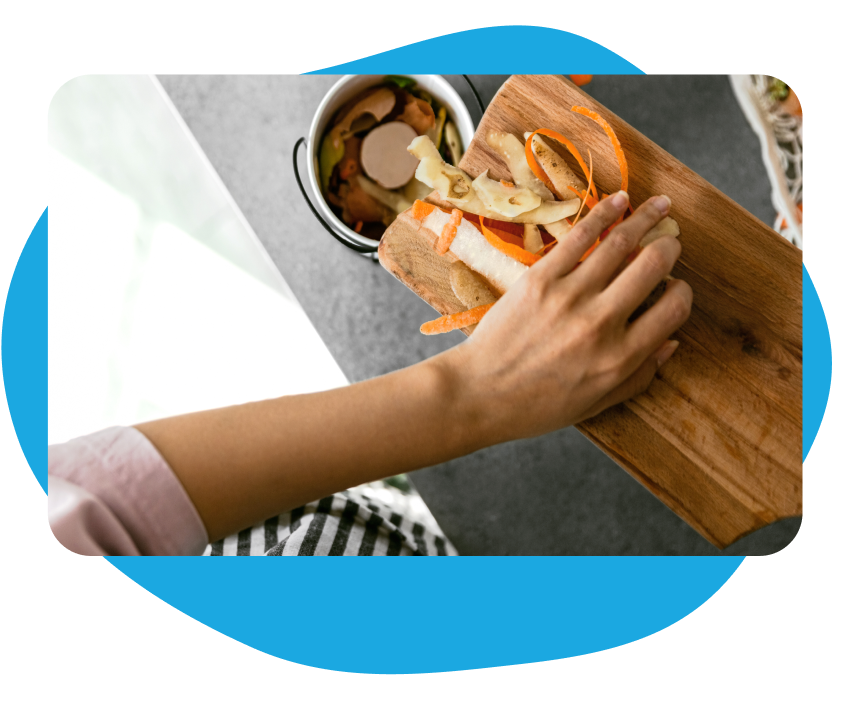
Tackle food waste head on with Easilys f&b
Waste less, save more and become more sustainable with our food waste technology.
FAQs
Food waste can be defined as food that was not ultimately consumed by people and is discarded or recycled. Some examples include plate waste (food served to customers but that was left on the plate), peels or rinds considered inedible and given to animals as feed, composted or sent to the landfill or combusted with energy recovery.
Food can be wasted for a variety of reasons, the most commonly known type being food that is uneaten and thrown out at home, from restaurants or supermarkets. Other forms of food waste include crops left in the field and unharvested because prices are too low, or due to a glut in the supply of that commodity, as well as food that was damaged or lost during the manufacturing process or transportation.
If it’s not recycled, wasted foodstuffs are sent to a landfill where it rots. Few people realise the negative impact this has on the environment due to methane release (a harmful greenhouse gas around 25 times more potent than carbon dioxide). Non-recyclable waste can be put to better use if sent to incinerators to create useful energy.
Every year the UK generates 9.5 million tonnes of food waste yet 8.4 million people in the country are in food poverty. So, it makes perfect sense for hospitality business to reduce food waste, even though there are currently no mandatory targets in the UK. This wastage can be classified into the following sources:
Preparation - 45%
Customer leftovers - 34%
Spoilage – 21%
We recommend five ways you can reduce food waste in the hospitality industry:
1. Involve staff and raise awareness among your guests
2. Make a diagnosis and draw up an action plan.
3. Control your purchases and optimise your stock with software for chefs like Easilys f&b - crucial if you have a CPU
4. Ensure equipment is in good working order, such as fridges, cold storage facilities, etc.
5. Manage portions with a menu engineering solution and make use of any surplus




